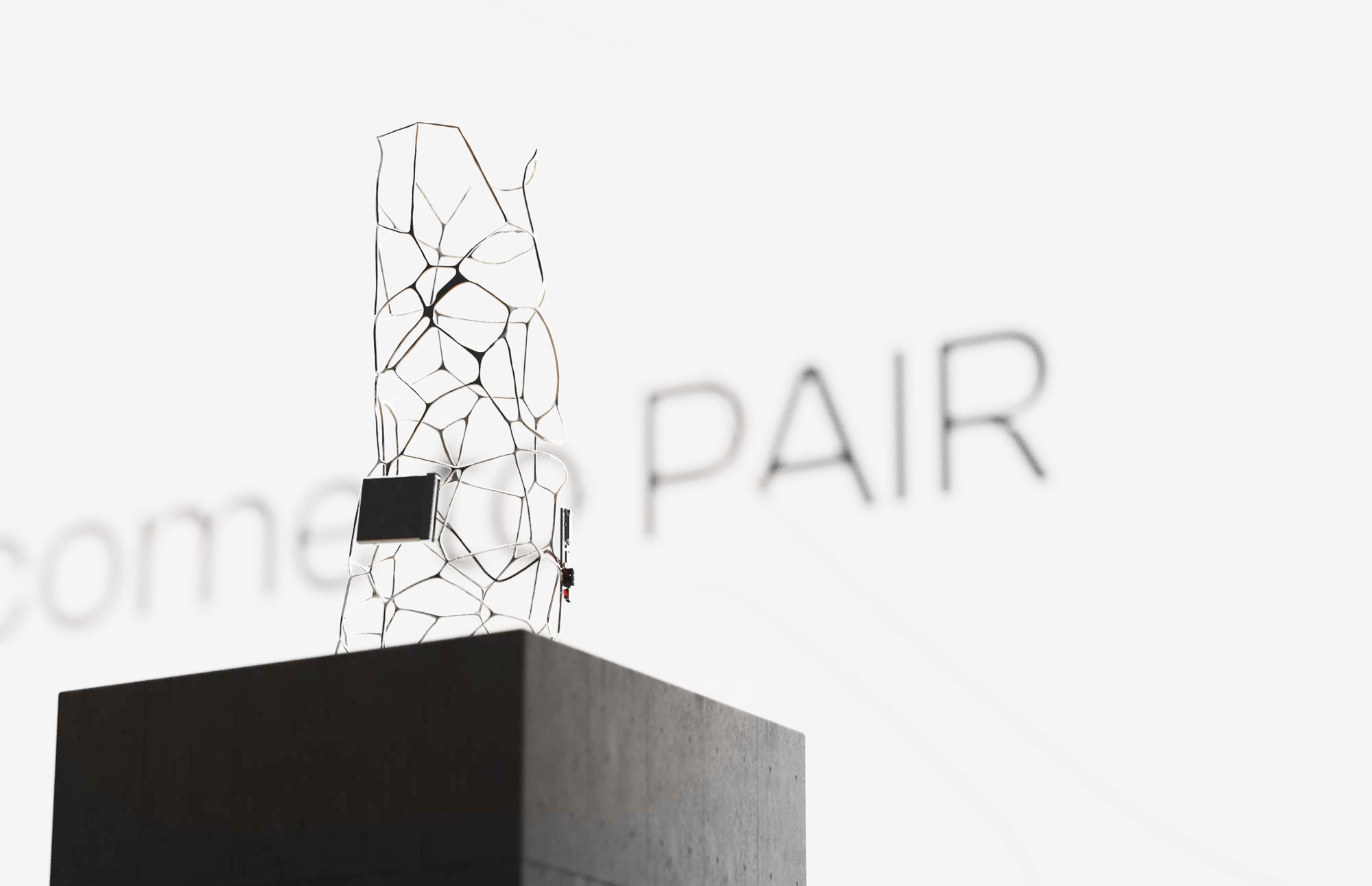Data Bugs - AI is a Mirror
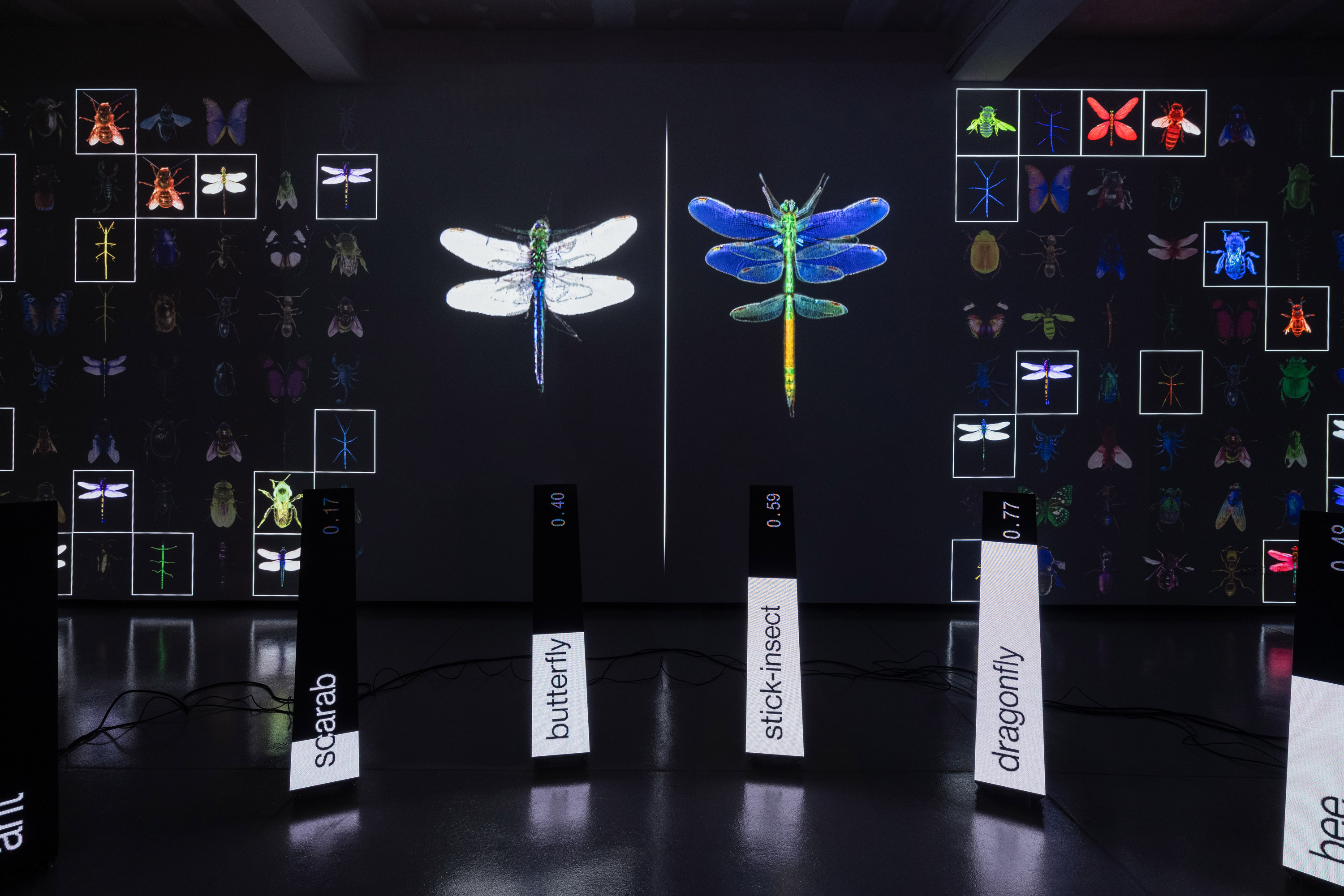
© Piercarlo Quecchia - DSL Studio
Have you ever wondered why artificial intelligence (AI) is biased? For instance, why do AI-generated images of productive people only feature white
middle-aged men wearing ties? Or why do AI-generated images of social service workers only show women from different ethnic groups? The answer is Data Bugs.
Personally - and in Dotdotdot too - we believe that AI is a tool that can be used for good or evil, just like a pen can be used to write poems or war
declarations. But how does AI become racist or misogynist? We found the answer in the training phase, where biased data can lead to biased results.
Currently, 90% of the data used to train AI models is produced by just 10% of the population. This results in a dataset that represents a narrow point of view,
which is our own. As a Western society, we bring biased concepts into these datasets, which the AI model then learns and reinforces.
The more a concept is present in the dataset, the more the algorithm will consider it as the best answer. Eventually, the real problem takes place in what is
called Latent Space. A latent space is defined as a multidimensional space that encodes a reduced, meaningful representation of externally
observed events. In the latent space, similar samples in the external world are placed next to each other.

© Piercarlo Quecchia - DSL Studio
The main problem with this approach is representation. As Bernice King said,
If you don't think representation matters, you are probably well represented.
As Western people, we are aware that we are part of the problem. As designers at Dotdotdot, we know that the best way to communicate complex concepts is to
abstract them. So we decided to show the bug in the data by using bugs as data.
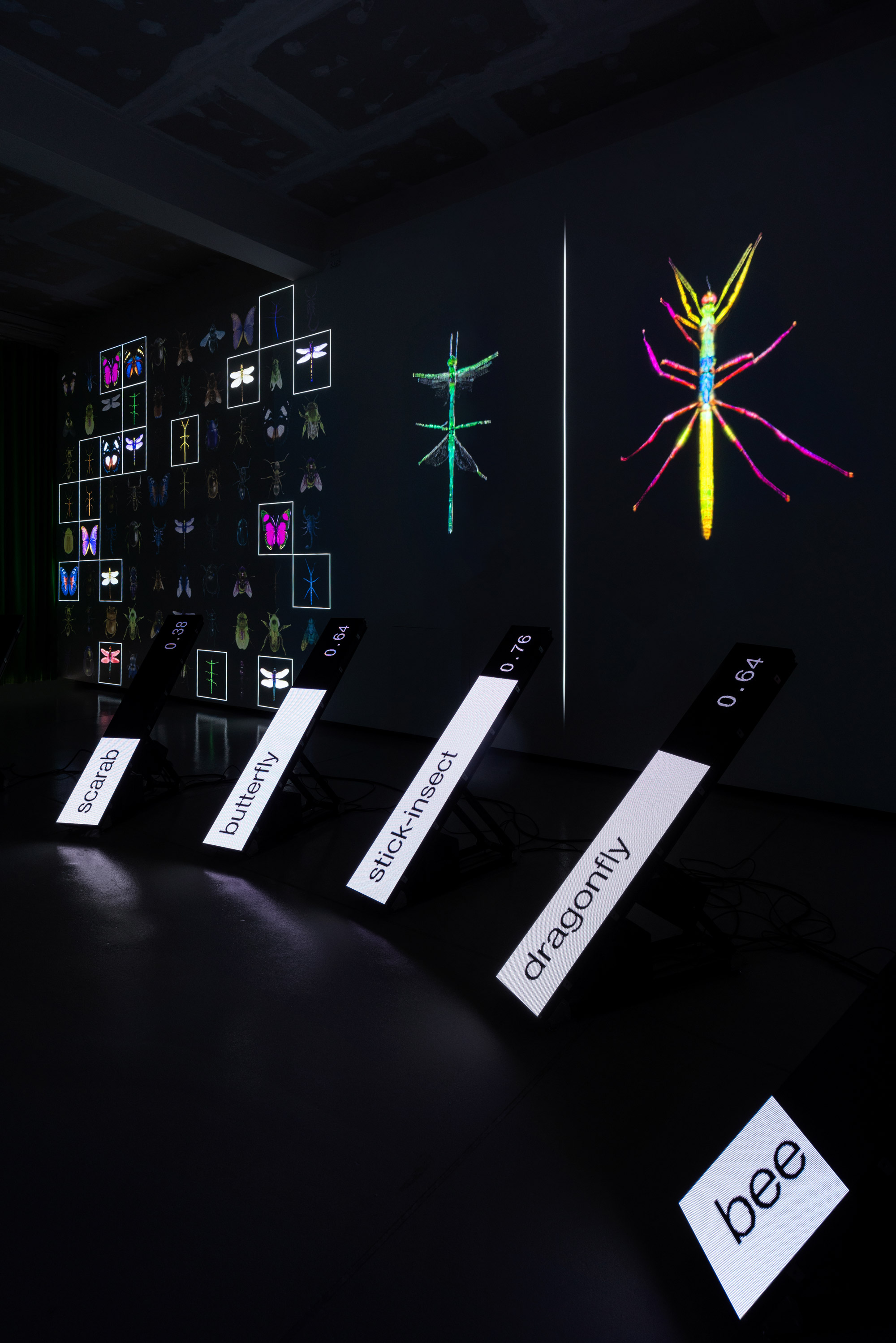
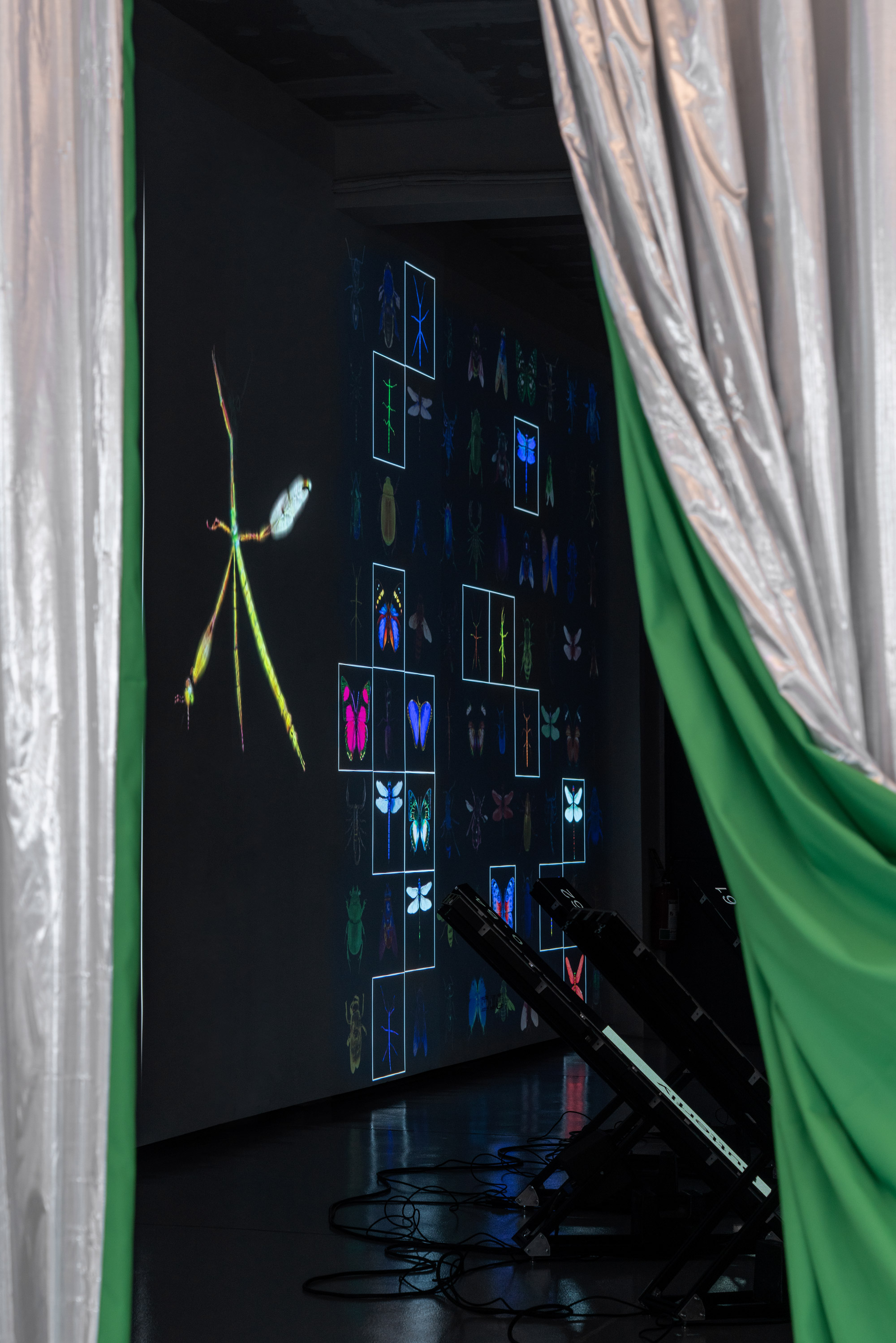
© Piercarlo Quecchia - DSL Studio
Bugs are an excellent way to explain a problem that is both technological and social. Like our society, the vast variety of insects is often stereotyped and
simplified into standard categories. We chose eight representative bugs and created two different datasets. In one dataset, each bug was represented only in
the Western vision, while the other dataset covered a wide range of diversity and meanings by using images from an entomology archive. By using bugs as data,
we were able to demonstrate the impact of biased data on AI models. In this way, in one dataset the representation of each bug was reflecting the Western vision,
and in the other, we were covering a huge amount of diversity and meanings.
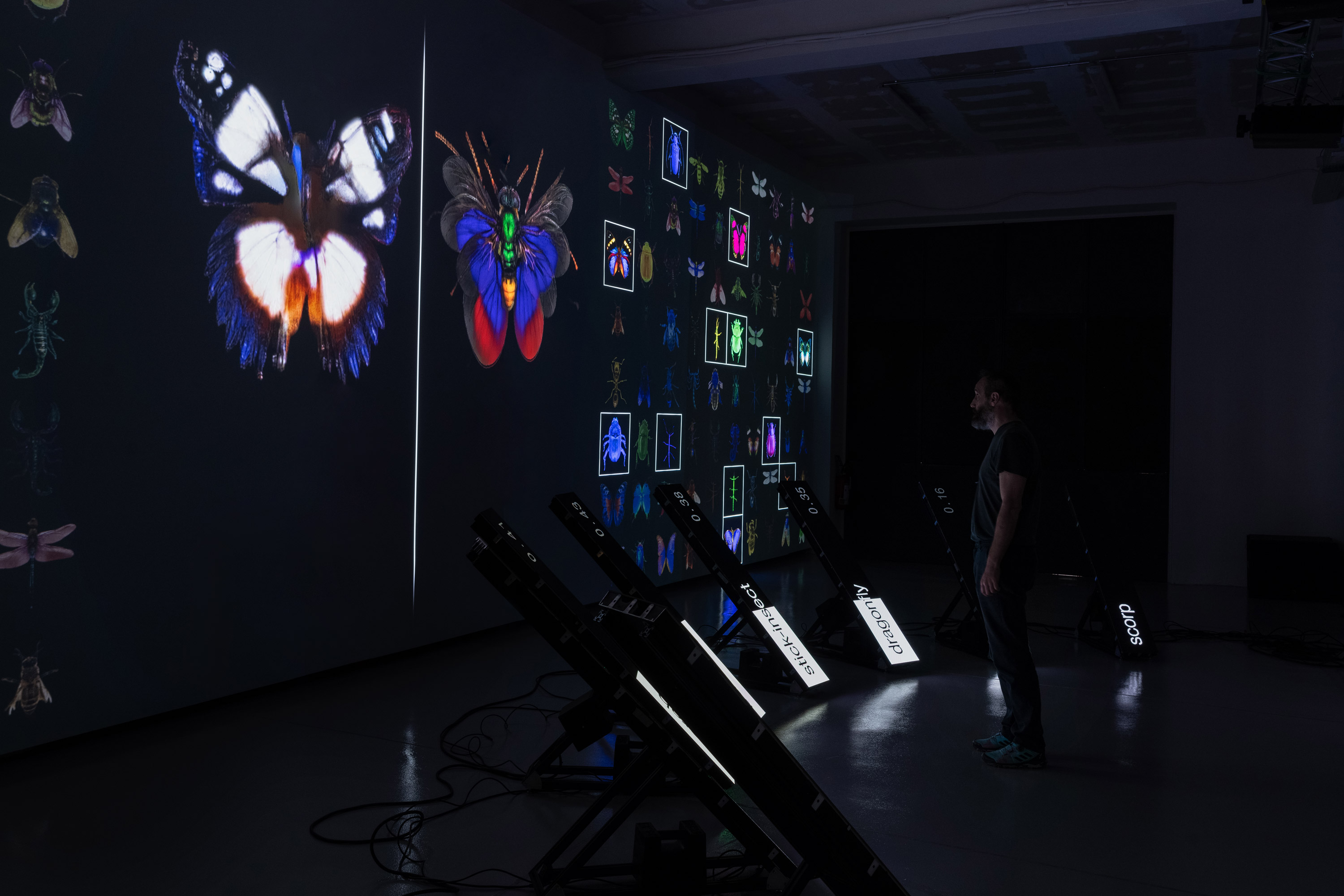
© Piercarlo Quecchia - DSL Studio
Fed up with the simplification of AI as a prompting tool, we decided to spatialize the latent space, giving it a physical dimension.
Users were thus able to move within it, understanding the role it plays in image generation. As is the case in latent space, each of the
eight insects thus had a conceptual representation, and based on the distance the user had from each insect it had more or less weight on
the generated output. Throughout the experience there were then the two different models constantly generating new images, placing each
user in front of a visual translation of how diversity in datasets plays a key role.
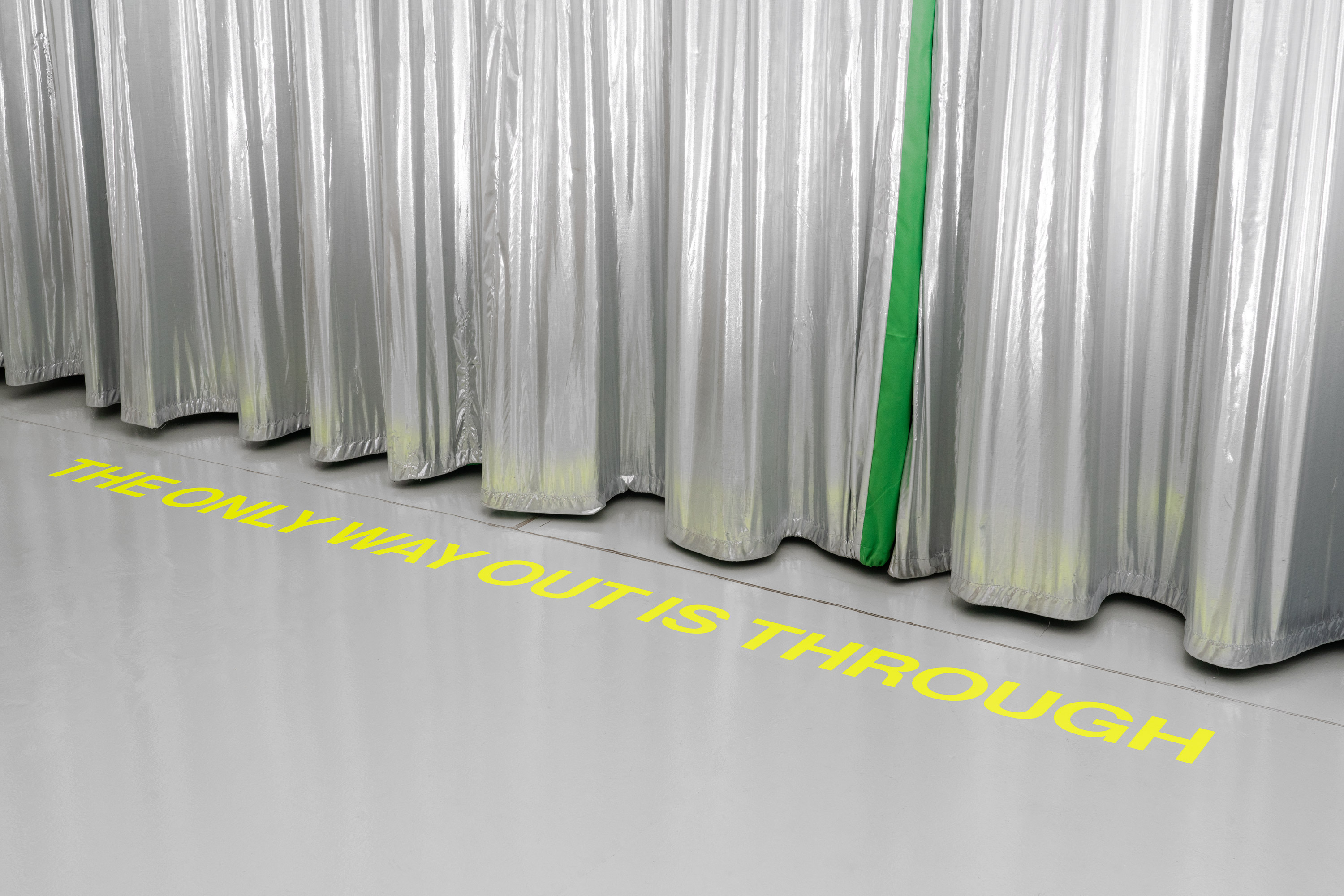
© Piercarlo Quecchia - DSL Studio
The model that was biased and trained on a single insect concept, was not able to produce diverse outcomes and kept generating the same butterflies and
stick insects. On the other hand, when there was a greater diversity of colors and shapes, the model generated a wider range of insects that had varying
meanings and interpretations. This demonstrates that each insect can have infinite representations, and more importantly, that greater diversity can lead
to unique and meaningful results.
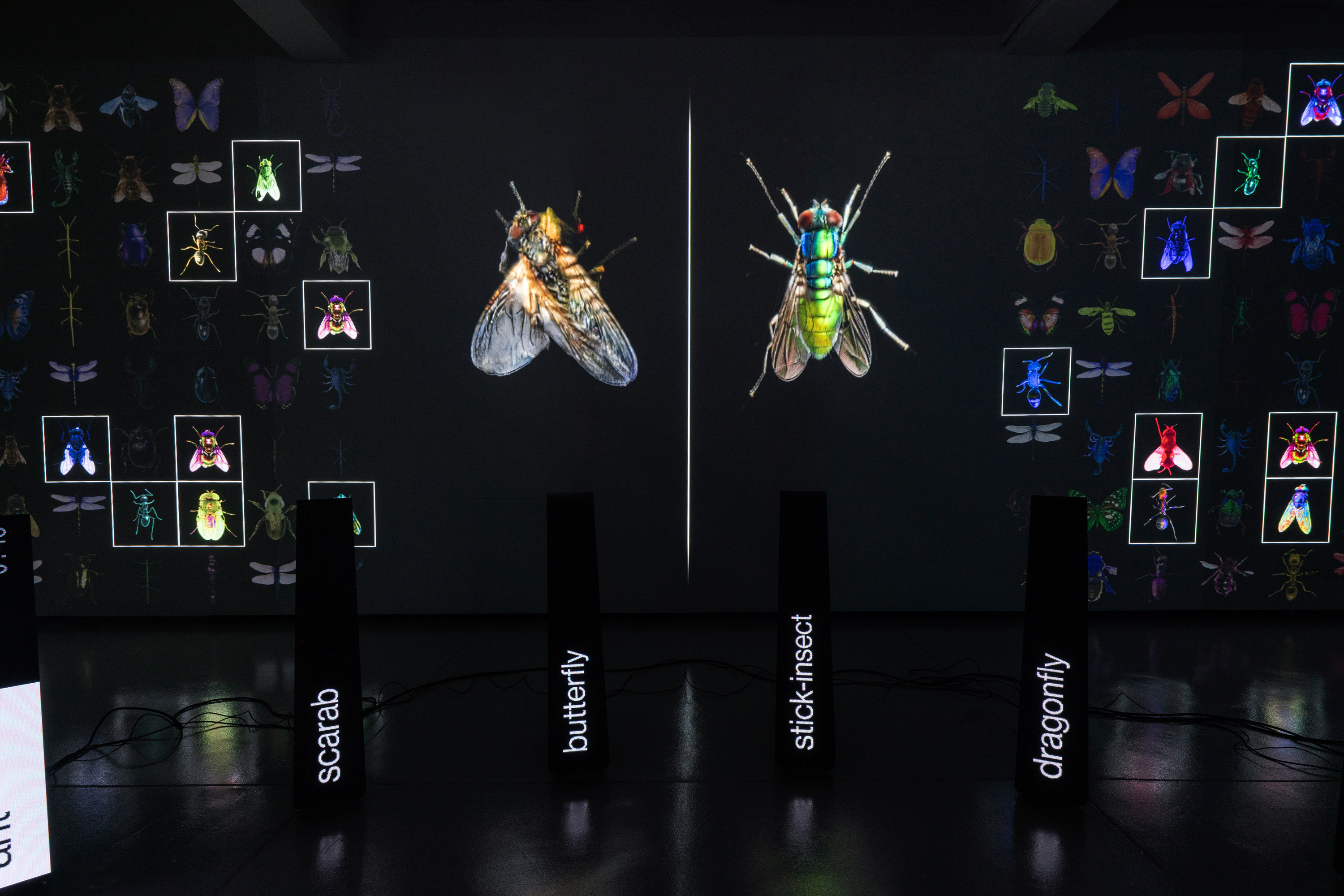
© Piercarlo Quecchia - DSL Studio
In conclusion, more than 55 thousand pairs of images (a total of 110462) were generated during the 7 days of public opening. The two image generation models worked for a total of 38 hours, totaling a number of about 1200 unique sessions.
The experience was a huge success, both from the public and the press, and from an incredible number of insiders. It was a wonderful opportunity to meet new people. Also, icing on the cake, we won the interaction design mention of the Fuorisalone Award :))
Press:
- Ansa - Alla design week un'installazione sulla rete neurale
- Artribune - Design week milano 2024: top e flop
- Elle Decore - Fuorisalone 2024: Dotdotdot e intelligenza artificiale
- Fuorisalone - Data Bugs: AI is a mirror
- IFDM - Intelligenza artificiale? È uno specchio
- Interni Magazine - Da AI a RV, installazioni ed eventi per gli amanti del tech
- Legaltech - Data Bugs: intelligenza artificiale, qualita dei dati, responsabilita umana
- Stir World - Discovering the grandeur at Milan Design Week with 10 large-scale installations
- Wired - Fuorisalone 2024: le installazioni più tecnologiche
- Zero.eu - Databugs: AI is a Mirror
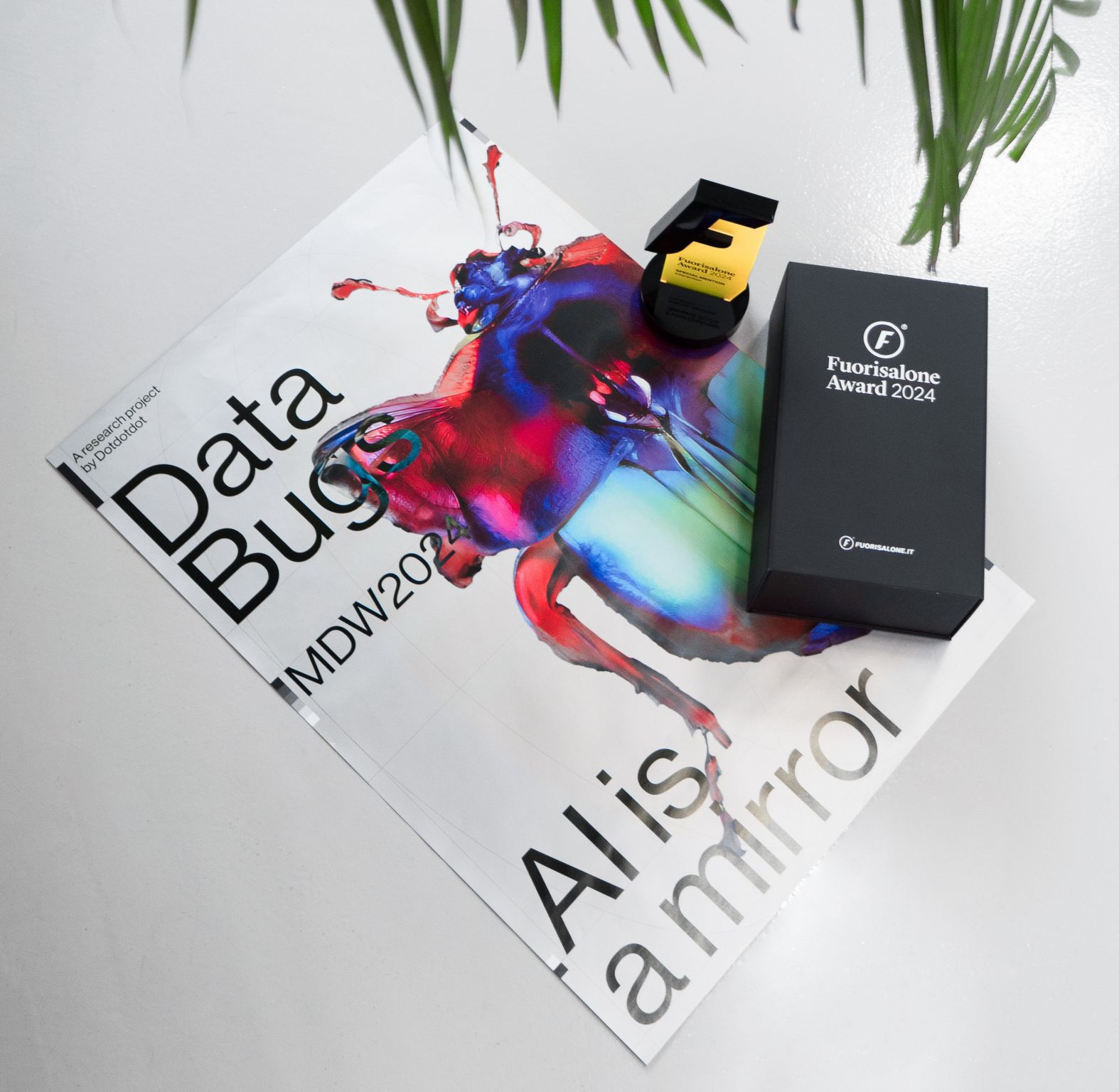
© Piercarlo Quecchia - DSL Studio
